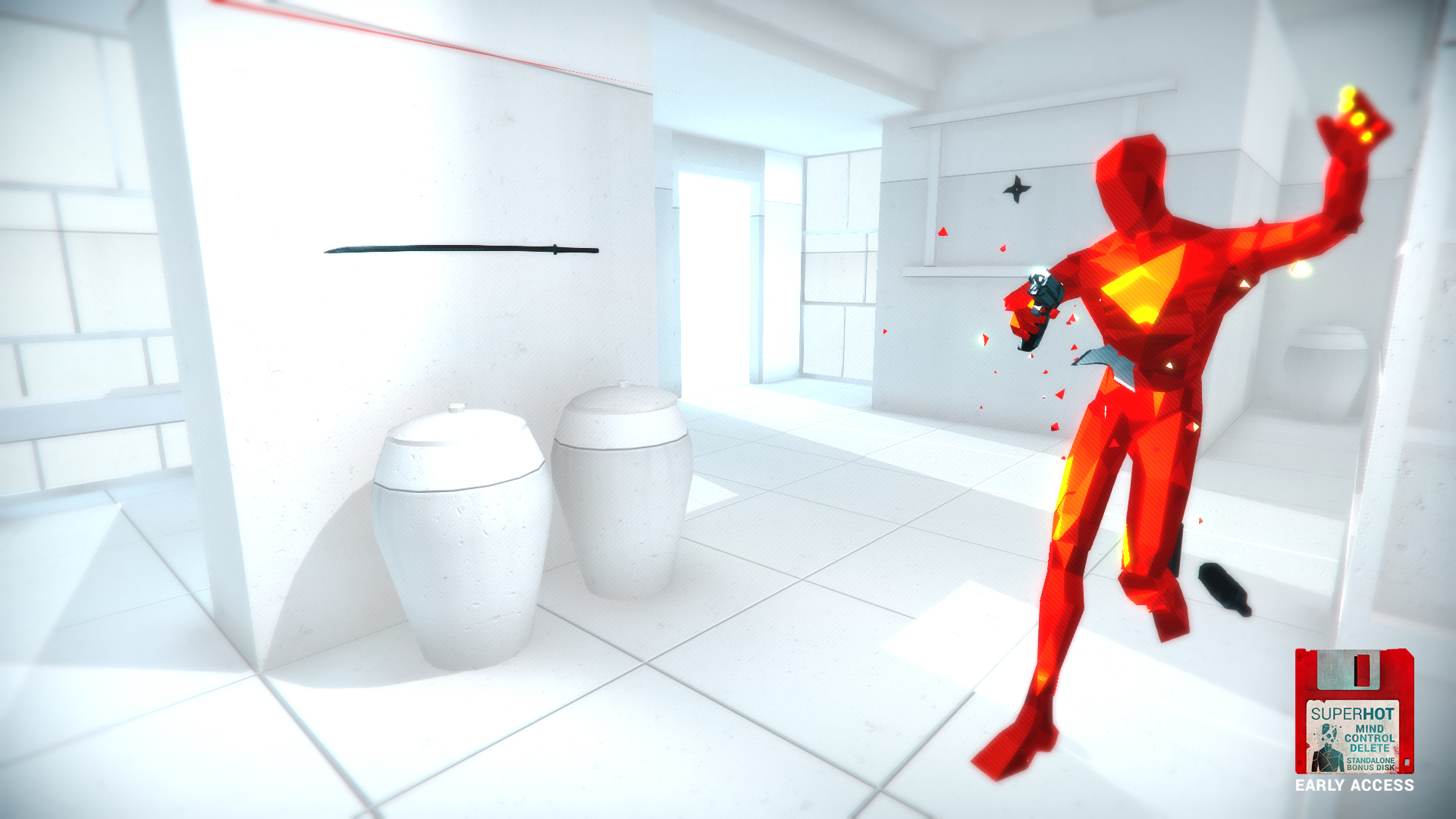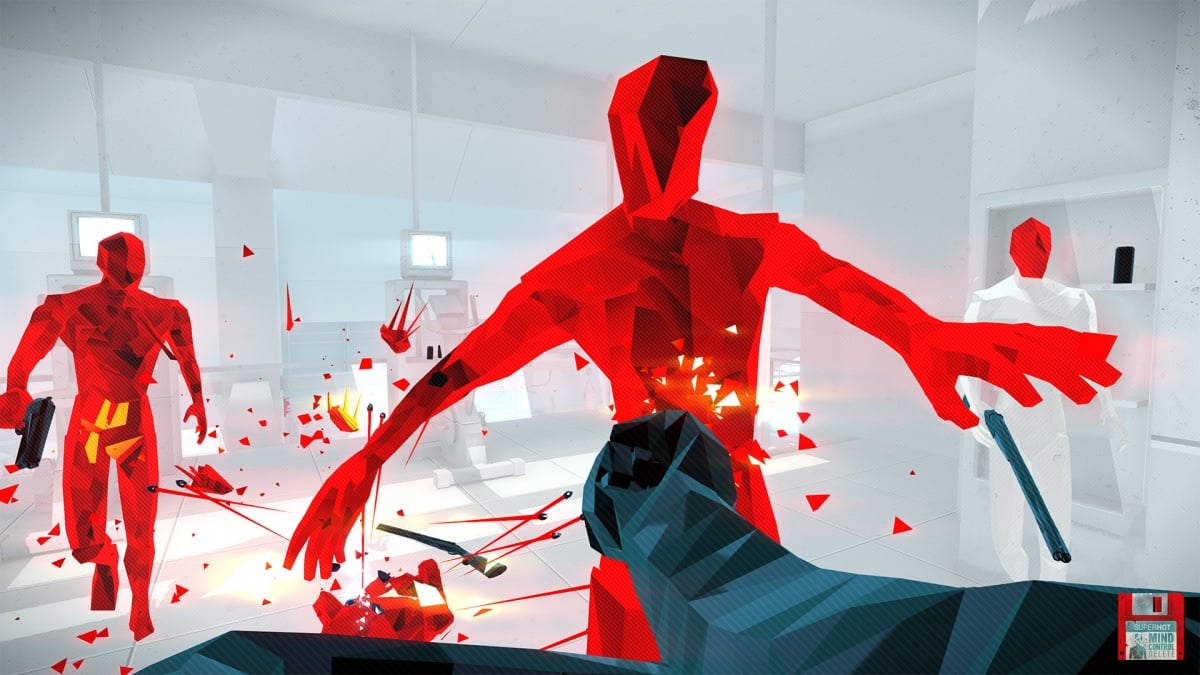

Immediately your focus shifts to finding them on the map and then avoiding their attacks while working through the other enemies as quickly as possible. There is a very specific feeling of dread when you hear their spawn stinger that is reminiscent of Left 4 Dead’s announcing an approaching tank or special. They are simply there to make your life harder. There are three of these types of enemies and each of them has their own abilities, similar to the base archetypes you can choose from. Similar to the approaching fleet in FTL or the increasing difficulty to time played element in Risk of Rain, these enemies are put in to make sure you aren’t lollygagging around the level and moving along your way. The variation makes it so that every node is fresh enough to keep you engaged through the roughly 10-15 hour campaign.Īlso keeping things fresh are new enemies that begin to spawn in the second half of the game. Then as you progress through the nodes, you get more powerups that either enhance your basic archetype or more generic stats.Īs is the case with every game with roguelike progression, you have to be on your toes about how you approach a problem depending on which perks you’ve amassed.

There’s one that gives you an extra heart to start, one that allows you to charge across the level at an enemy, and my personal favorite, recall your katana after throwing it.

When you start a node, you pick a basic archetype which comes with a perk to how you play. The powerups that you gather through the nodes are an excellent addition to the original concept.

Too many times I didn’t realize I was holding my breath working through the final few kills, only to see the level come to an end, a blurred screen pulse almost telling me it’s OK to breathe again. On the other side of that though is the feeling of seeing all your enemies exploding as you kill the final enemy in quota. One small problem is that they never tell you how many enemies you have left and if you are making a risky final play you can be left at the wrong end of a bullet because you lost count or the number increased without your knowledge. The number starts low and eventually climbs into the double digits as you progress through the game. Because the spawns are randomized, you only have to kill a certain number of enemies per level before all the other enemy heads will explode in tandem. The randomization comes from where enemies will spawn from and the levels that you will get in each node.Īnother big difference between MCD and the original is that you don’t have to kill everyone in a level. Each level’s layout will remain the same throughout the game, there may be some small tweaks like a hole covered up but all items and cover will mostly remain in the same areas throughout. I can already hear people turning this game away because of the randomized levels but it’s handled with care. The benefit of this to the player is that they can acquire powerups through the node, the downside is that you can only take so many hits before you have to start the node over again.
#SUPERHOT MIND CONTROL DELETE GOOD OR BAD SERIES#
Unlike the original where you just loaded up a level and killed everyone in it, MCD has nodes where you play through a series of randomized levels in a row. New to Mind Control Delete (henceforth MCD) are some roguelite elements. Time only moves when you do, so that allows you to dodge bullets and plan your success in what would ordinarily be an overwhelming situation. Kill the glowing red enemies by any means possible using guns, melee weapons, or your own fists. The basic concept in the standalone follow-up Mind Control Delete remains the same. On top of that, there was a cynical science fiction story that while Ben Davis didn’t enjoy in his review, appealed to the Phillip K. The concept was so simple but making time only move when you did was a welcome breath of fresh air. Released: J(PC, Xbox One, PS4), TBA (Nintendo Switch)ĭespite being relatively short and what some would call scant in content, the original Superhot was a game-changer in the shooter genre. Superhot: Mind Control Delete (PC, Xbox One, PS4, Nintendo Switch) Without a doubt, I can now rank Superhot: Mind Control Delete among that pantheon along with possibly one of the most fun games I’ve ever played.
#SUPERHOT MIND CONTROL DELETE GOOD OR BAD FULL#
Return of the Obra Dinn and Titanfall 2′s “Effect and Cause” level comes to mind when thinking about games that use the medium to its full advantage. Conversely, I find myself lavishing praise on the ones that do. It’s the most innovative game I’ve played in years…againĪs I continue to get older and somewhat jaded with video gaming, I’m finding myself getting bored with run-of-the-mill games that don’t use the medium to its full advantage.


 0 kommentar(er)
0 kommentar(er)
